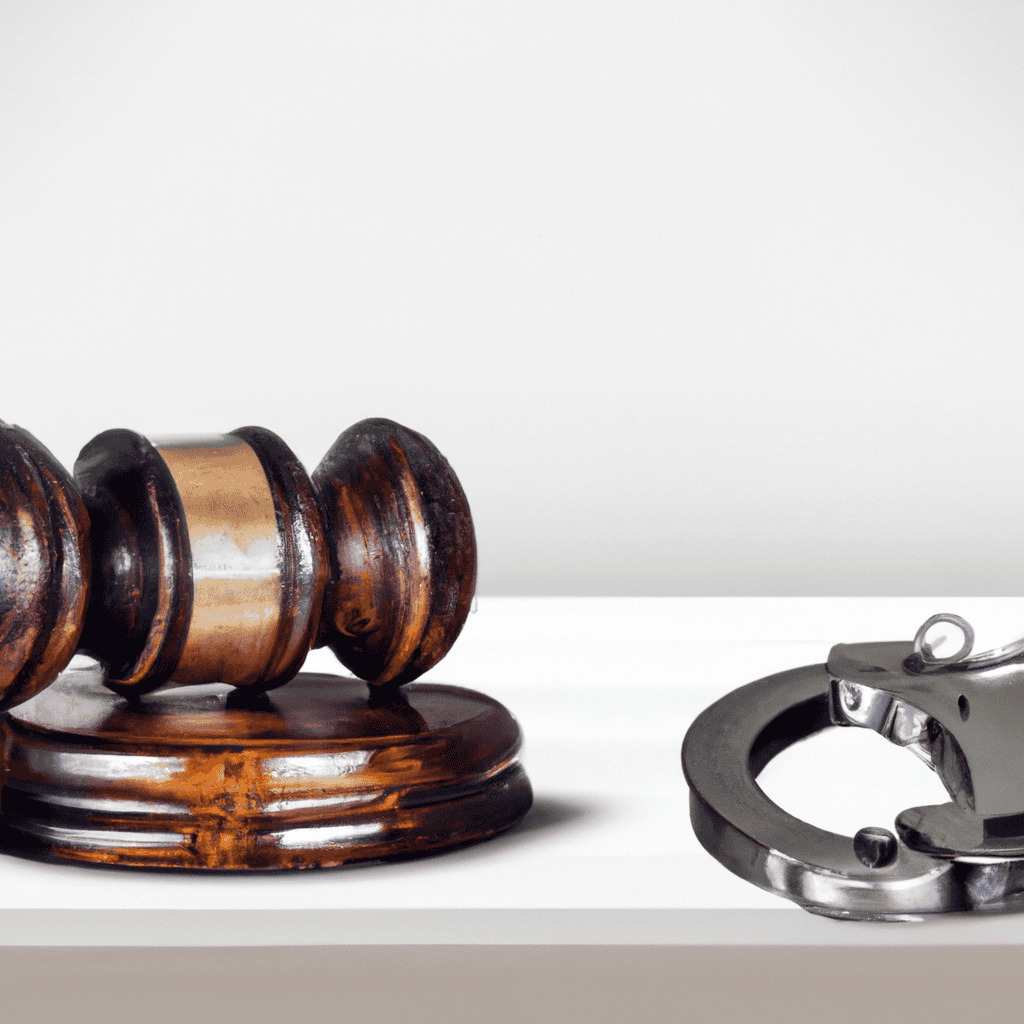What is a Drug Treatment Court
The Counter Narcotics Strategy 2023 to 2028 defines drug treatment courts as specialized court programs that allow individuals to enter long-term drug treatment and agree to court supervision instead of receiving a jail or prison sentence. Participants who successfully complete the program can have their underlying criminal offenses dismissed or expunged. Conversely, those who fail to complete the program will have their cases processed through the traditional justice system.
Types of Treatment Courts
The first treatment court was established in 1989 in Miami, USA, to tackle the issue of individuals repeatedly cycling in and out of prison due to drug addiction, according to the Counter Narcotics Strategy 2023 to 2028. Today, more than 4,000 drug treatment courts exist across the United States, as reported by the National Treatment Court Resource Center (NTCRC). Adult treatment courts are the most common, constituting about half of all treatment courts in the US. The strategy notes that the first juvenile drug treatment court opened in 1995 in Visalia, California. These courts are designed for youth with substance use disorders who encounter the juvenile justice system. Although target populations and resources vary, a multidisciplinary team typically manages participants, ensuring they receive treatment services, assistance with employment, and compliance with court conditions. The team includes the judge, prosecutor, defense attorney, community corrections officer, social workers, and a treatment service professional. In some cases, a police officer may also be part of the team, with a case coordinator overseeing the team and the case in consultation with the judge.
Who Will Run the Courts
The Counter Narcotics Strategy 2023 to 2028 proposes the establishment of a drug court coordinating board consisting of judges, prosecutors, law enforcement, and treatment representatives to oversee drug court cases. The board’s goal is to develop, pilot, and maintain a treatment framework suitable for drug court decisions. This framework would include clear phases of treatment, outcomes, endpoints, and strict monitoring and management of cases within the local context. The board will also create screening criteria and mechanisms to distinguish which criminal offenses can be considered and the requirements, such as mental health or criminal history, that offenders must meet to be offered this sentencing option. The strategy emphasizes the need for staff associated with drug court proceedings to undergo additional training specific to drug courts, potentially through international online courses.
Benefits of Treatment Courts
The Counter Narcotics Strategy 2023 to 2028 states that the primary aim of drug treatment courts is not to punish but to treat addiction as a chronic disease that affects behavior and impulse control. Research from the National Institute of Justice (NIJ) found that treatment courts reduce participant recidivism and drug use. According to NIJ’s Multisite Adult Drug Court Evaluation, treatment court participants were significantly less likely than a comparison group (40 percent vs. 53 percent) to report committing crimes in the year before the study interview. They were also less likely (56 percent vs. 76 percent) to report using any drugs in the prior year.
Drug Treatment Courts Internationally
While the drug treatment court model originated in the US, significant research and case studies from other countries also exist, notes the Counter Narcotics Strategy 2023 to 2028. These studies help to understand how different cultures influence concepts of justice and rehabilitation. The United Nations Office on Drugs and Crime (UNODC) has endorsed drug treatment courts as an effective intervention for individuals with drug use disorders involved in the criminal or juvenile justice system. Fourteen nations, including Norway, Ireland, Brazil, Trinidad and Tobago, Jamaica, New Zealand, and Australia, have established at least one drug treatment court.
